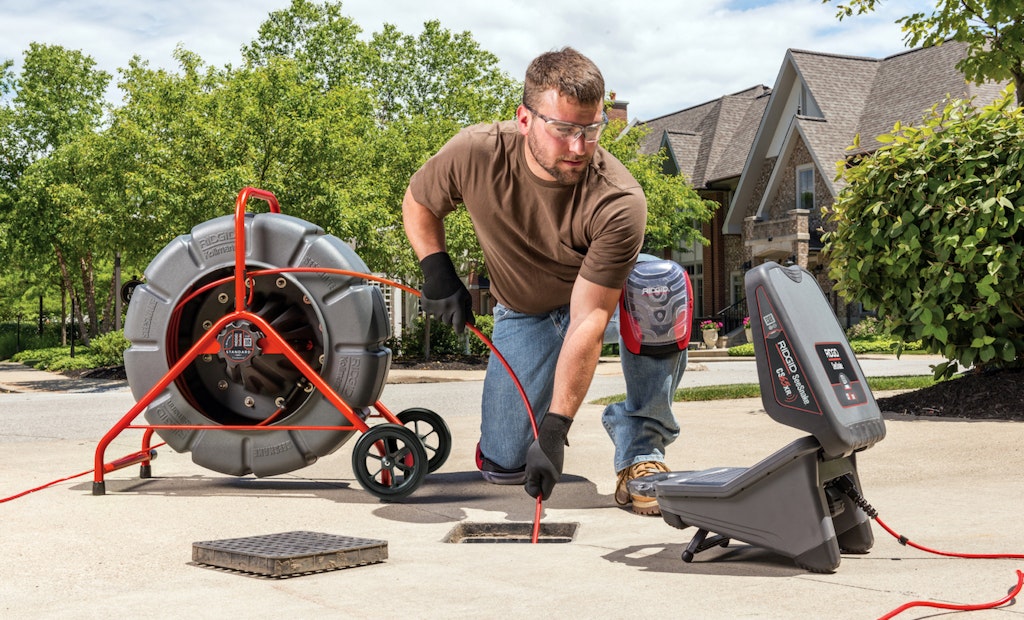Interested in Location/Detection?
Get Location/Detection articles, news and videos right in your inbox! Sign up now.
Location/Detection + Get AlertsToday’s consumer increasingly wants tangible evidence to back work estimates. Incorporating diagnostic, inspection and locating services into your business can address this need, while also adding new business opportunities. For example, benefits include:
- The added value of certainty – Clearly seeing the problem means being able to offer the right fix, no more and no less. For customers, seeing the problem that backs the estimate increases their trust in a contractor and the necessity of work being completed.
- Business in less time – Contractors can serve more customers in less time with diagnostics, inspection and locating equipment because they can locate and repair problems faster. Many tools come standard with Wi-Fi capabilities, allowing for findings to be shared immediately with clients and co-workers, which leads to faster decisions and shorter projects.
- Expanded capabilities – Diagnostics is an investment that quickly pays for itself and continues to drive incremental income by letting contractors offer additional plumbing services. It also allows plumbers to take on more complex and difficult projects they previously would have had to decline.
The benefits of adding diagnostic, inspection and locating services are numerous. If the few mentioned here have you considering purchasing equipment to begin offering these services, here are a couple of additional things to keep in mind regarding equipment purchases:
- Primary projects – Buy equipment for the jobs you’re doing now. You don’t need to get everything at once and some tools are better for certain types of jobs than for others. For example, a RIDGID SeeSnake Mini Camera is a good investment for commercial jobs, while the SeeSnake Compact2 Camera System is better for residential jobs. You can add additional equipment as you recoup your initial investment.
- Equipment integration – Make sure all pieces you buy complement each other and will enhance the work you are doing with existing tools. For example, RIDGID reels, cameras, monitors and locators are designed to work together, so setup time is fast and compatibility is a given.
- Helpful technology – Ensure the technology capabilities of your tools are beneficial to the work you regularly do on job sites. For example, TruSense is the latest diagnostic innovation from RIDGID, and continues to build on the brand’s legacy of adding purpose-built features to make trade professionals’ work easier and more efficient. Understanding you can’t fix what you can’t see, the addition of TruSense technology to inspection reels vastly improves down-pipe visibility and provides more data about the environment in-pipe. TruSense is now available on the RIDGID SeeSnake Standard Reel, Mini Reel, Compact M40 and Compact C40.
Regardless of the equipment you start with, offering diagnostic, inspection and locating services will not only help your business, but also enhance clients’ trust in your work.
To learn more about RIDGID diagnostic equipment visit RIDGID.com/Diagnostics.






